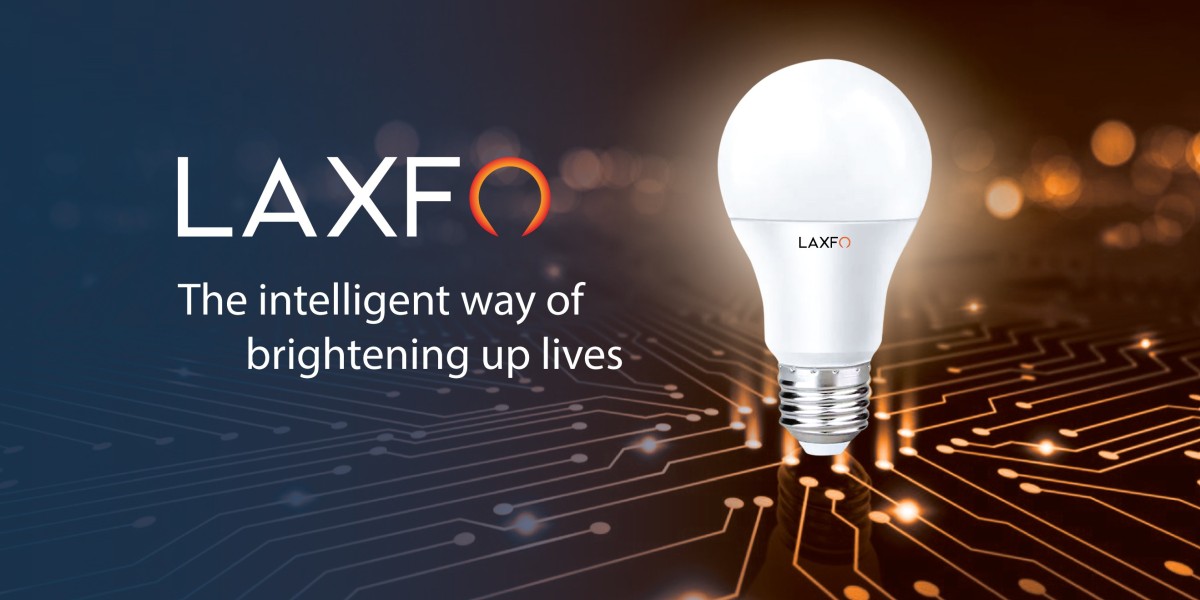Welcome to our exploration of LED light bulbs! This piece of writing explores new applications of LED technology, covering everything from the basics to the most practical applications in everyday life.
Light-emitting diodes, or LED lights, are more than just the average lightbulb. They form the foundation of modern lighting systems and provide efficiency and flexibility. LEDs use photons to produce lights that consume less energy.
To learn about LED lights and their functionality, readers need to learn some internal factors of LED lights, such as semiconductor material, photon, anode, cathode, and electron. This document is ideal for those who want to learn more about advances in LED technology, improve appliances, or brighten their homes.
To fully understand the content, you need to know a few key ideas before learning how LED light bulbs work. So, let's quickly go over some key points about LED bulbs:
Things You Need to Know First
LED:
LED is a semiconductor device. In contrast to conventional incandescent bulbs, LEDs produce light using a technique called electroluminescence. Photons, some energy particles, are released when electrons and electron holes unite in this process. LEDs are well known for being durable and adaptable, which leads to their usage for a variety of things, including street lights, garage lights, veranda lights, etc.
Anode-Cathode:
The anode-cathode structure guarantees correct current flow, increasing the LED's ability to produce light. In LED bulbs, both the anode and cathode fulfil distinct purposes. The terms "anode" and "cathode" refer to the positive and negative poles. An LED undergoes electron flow from its cathode to its anode as electricity passes through it. They merge with the holes as they pass a semiconductor material within them, releasing radiant energy.
Electron and Electron Holes:
In LED bulbs, electrons and electron holes serve as important components. While electrons are negatively charged elements, electron holes are the positive spaces left behind by moving electrons. In LEDs, electrons travel to the anode, or positive side, where they mix with the electron holes at the junction when current runs through them. Radiant energy is released during this recombination. This procedure must be followed for the LEDs to emit light efficiently.
Photons:
As electrons and electron holes combine through semiconductor junctions, LED bulbs use photons as light particles. Photons are released as power flows through an LED, pushing electrons from the negatively charged side to the positively charged side. Photons control the colour, power, and velocity that is produced by the LED.
Semiconductor Material:
Semiconductor materials like gallium, arsenic, phosphorus, and indium power LEDs. A semiconductor assembly is created by carefully selecting and combining these parts. Electrophoresis is the mechanism by which electrons transit and emit photons due to this contact. Because semiconductors produce light when electricity flows through them, they are essential to LEDs. Furthermore, light semiconductor materials can change colour and brightness.
Hoping that the above discussions were useful. Now that readers have some knowledge about the internal functions of an LED light, let's dig into the process of how do LED light bulbs work.
How Do LED Light Bulbs Work
Electrons and photons react chemically to power LEDs. An LED bulb produces power when it is turned on. The LED's cathode and anode are both crossed by this current.
LEDs contain semiconductor materials, which possess the unusual property of ordered electrical conductivity. When current flows through these materials, the electron from the negative side shifts to the positive side, creating "electron holes".
When charged electrons connect to electron holes in a semiconductor, photons are released. When this energy is released, light is produced. The colour and luminance of this light are determined by the fundamental characteristics of LEDs and how they interact with electrons.
This process is referred to as electroluminescence. This is a far more efficient method of producing light than incandescent bulbs, which work by warming the LED filaments until they glow. On the other hand, LEDs use power directly through to the light.
To create vibrant light, high-power, densely packed LEDs are usually found in flashlights and floodlights. Depending on the photon wavelength, these LEDs can also produce multiple colours of light.
In conclusion, because LED lights employ electrodes to turn electricity into light directly, they are both efficient and sustainable. As a result, they are ideal for many uses, including home and street illumination.
Different LED Types and Functions
LEDs can be manually controlled to blink using basic switches or circuits with resistors, capacitors, and transistors. Specific frequencies are used to turn on and off these LEDs, which are adjusted by a tiny controller found in bidirectional LEDs. It is possible to manually switch between the two colours or both colours equally on the three-pin dual-colour LEDs. Three distinct LEDs (red, green, and blue) on the four-pin RGB LEDs can be used to combine various colours or to combine all of them to create white light.
Trust Laxfo Electronics for the Best LED Lights
Check out LAXFO Electronics if you're seeking top-notch energy-efficient LED light bulbs. Their premium options include 7W, 9W, 12W, 15W, and 30W. Because of its dedication to innovation and quality, every product from LAXFO Electronics is guaranteed to have high efficiency and long-lasting qualities. Get the best LED lights from LAXFO Electronics to see how much better lighting looks in your house or place of business.
To Conclude
In terms of lighting technology, LED lights represent a major development. They are effective and adaptable. They are appropriate for various kinds of uses, including street and home lighting. Compared to conventional incandescent lights, which depend on heating cables, LEDs are significantly more energy-efficient. The usage of several LED types—such as bidirectional, RGB, and flickering LEDs—allows more versatility. LEDs provide a dependable and cost-effective lighting option. LED lighting is projected to have a greater and greater influence on our daily lives as technology advances.
FAQ:
Question 1: Why should I use LED light instead of traditional light?
Answer: LEDs are the best choice for lighting because of their numerous benefits. They are highly durable, impact-resistant, and low-energy. Due to these benefits, LEDs come in a variety of formats. Though they are less effective at producing light, ordinary diodes are capable of creating light.
Question 2: Why are LED lights safer than traditional lights?
Answer: LEDs are safer than traditional lighting fixtures due to lower temperatures, sustainable construction, lack of hazardous materials, and reduced risk of electrocution. They turn on most of their energy, making them translucent, cooler, and less of a fire hazard. LED lights are made using tough technology to increase their resistance to damage. They are safe to work with and process indoors because they don't contain any harmful materials. Additionally, they include built-in safety features, such as overcurrent and surge protection.






